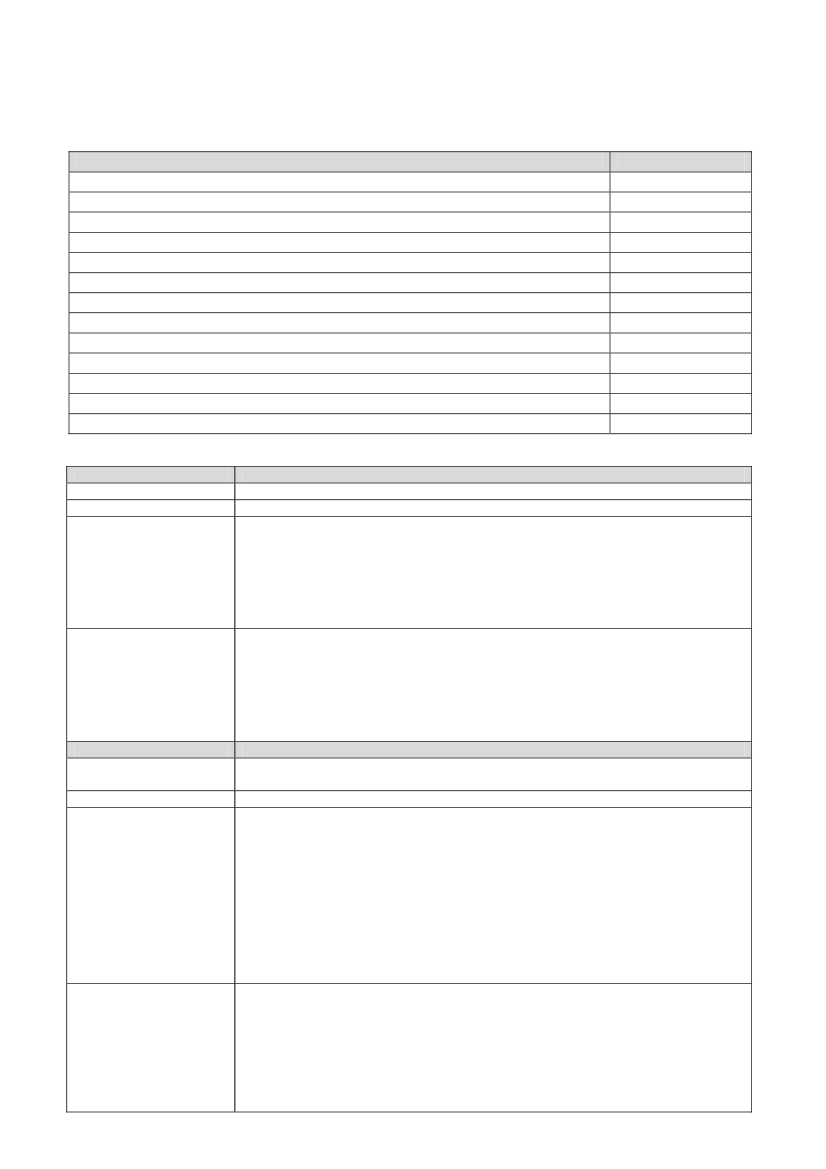
Danish proposals for simplification
Area of the proposals
Statistics
Maritime (and environmental)
Financial
Construction
Anti dumping
Patents
Company law
Environment
Food and veterinary
Technology
Customs
Transport
Total
In order of appearance in the table below
No. of proposals
11
6
9
2
1
1
4
1
2
1
9
3
50
1
Legislation
Summary
Need for simplification
Proposal for simplification
2
Legislation
Summary
Need for simplification
Proposal for simplification
Statistics
Council regulation (EEC) No 530/1999 of 9th marts 1999
Simplify analysis of coherence
The quality reports are based on a common template with six quality dimensions where
one of the quality dimensions is coherence with other statistical areas with identical or
similar variables.
Documentation regarding Structural Statistics on Earnings and Labour Costs for coher-
ence in data related to: The Labour Force Survey (LFS), Structure of Business Statistics
(SBS), Labour Cost Index (LCI) and National Accounts (NA) have to be delivered on
NACE sections and reasons have to be indicated if differences occur.
Our proposal is to cut back on the analysis of coherence to a much more aggregated level.
There is definitely a need to control coherence between statistics produced in different
domains. A number of the differences are due to the definitions and concepts of the statis-
tical products. It is burdensome for Member States to explain these differences, which oc-
cur in each country and in many cases they are similar. When analysis of coherence is
needed, our proposal is that Eurostat conducts it and Member States only comment on
substantial differences not related to definitions or concepts.
Statistics
Council and European Parliament Regulation No 808/2004 concerning Community statis-
tics on the information society (draft implementing regulation)
Simplify ordinary and sector questionnaire
The comments refer to the measurement of enterprises use of ICT 2006.
I Ordinary questionnaire
Denmark finds that the proposed set of indicators now has reached its maximum meas-
ured both in quantitative and qualitative terms. The questionnaire is markedly longer
compared to the 2003 model questionnaire that was known under the negotiation of the IS
regulation. The ISS regulation states that the Implementing measures should take into
consideration Member States' resources and the burden on respondents.
II Financial sector questionnaire
The special questions on the financial sector go beyond what is necessary to include this
sector in the survey and has more or less developed into an independent survey with its
own questionnaire. This was not foreseen in the ISS regulation.
I Ordinary questionnaire
Denmark welcomes further reductions, by applying the principles on flexibility from the
ISS regulation. This is done by having modules with a fixed duration. Moreover, flexibil-
ity is ensured as not all variables should be surveyed every year. At the same time we
would like to emphasize that we welcome new indicators. In order to avoid increasing
burden on businesses, Denmark will show maximum flexibility concerning negative pri-
orities.
II Financial sector questionnaire